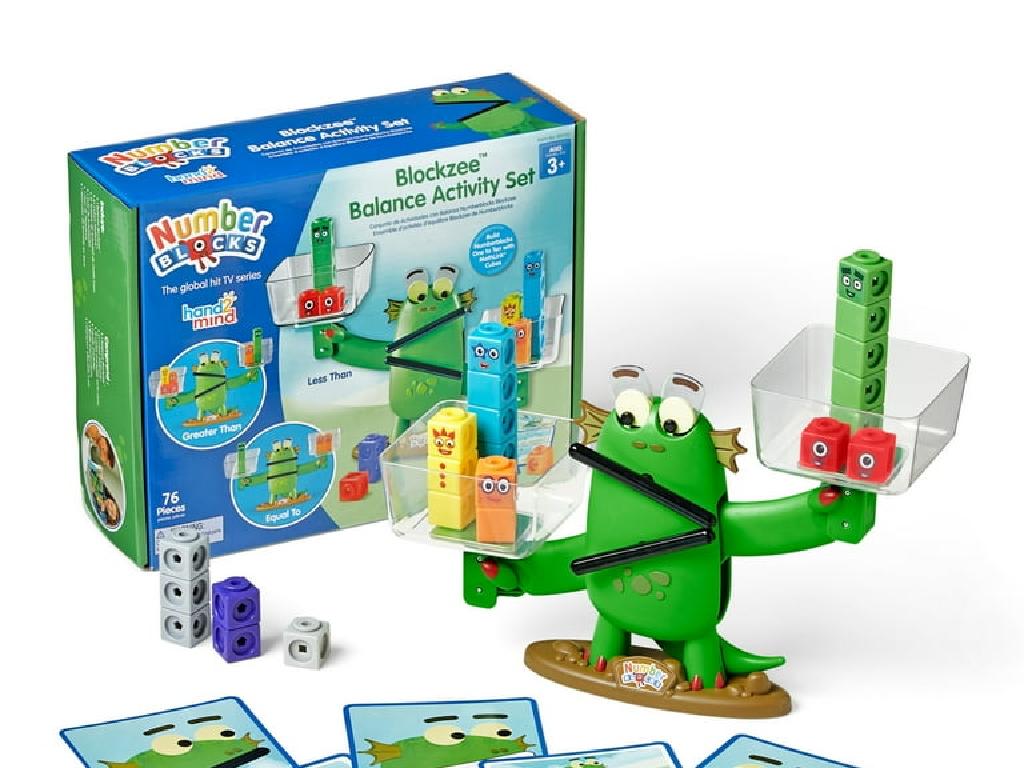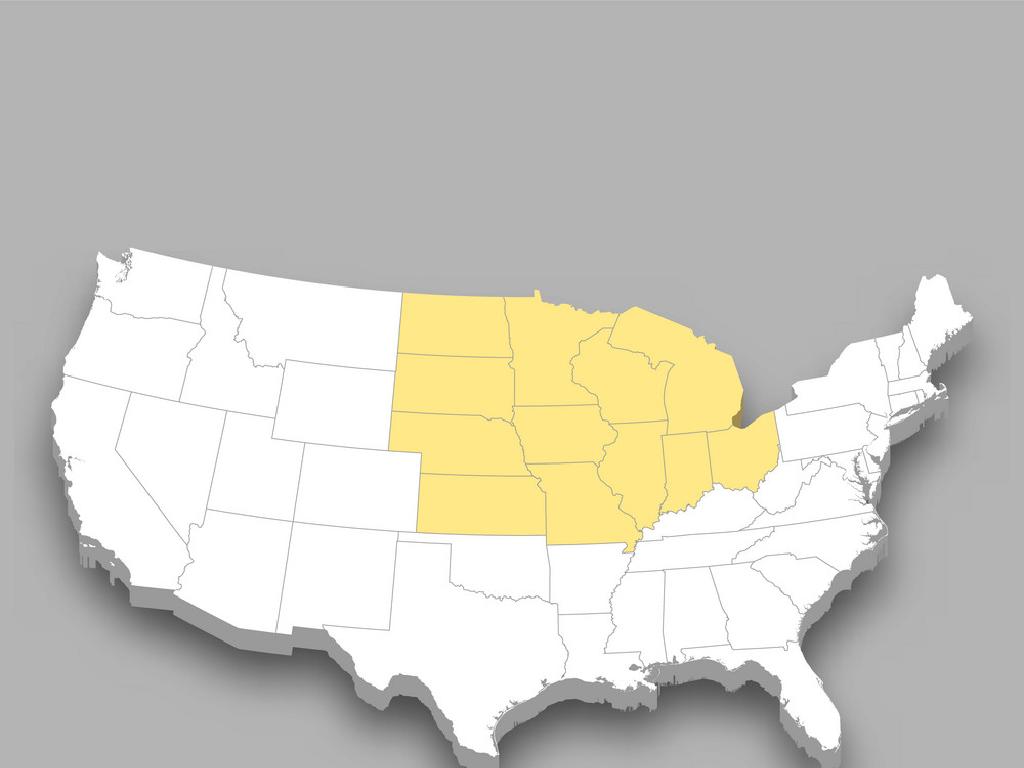State Government
Subject: Social studies
Grade: Fifth grade
Topic: Government
Please LOG IN to download the presentation. Access is available to registered users only.
View More Content
Welcome to State Government!
– Understanding state government
– Learn how our state government is organized and functions.
– State government’s role in daily life
– Discover how state laws and programs affect us every day.
– Comparing state and federal government
– Explore the differences and similarities with the federal government.
|
This slide introduces students to the concept of state government and its significance in their daily lives. Begin by explaining the structure of the state government, including the legislative, executive, and judicial branches. Discuss how state government is responsible for many aspects of daily life, such as education, transportation, and public safety. Then, compare the state government’s powers and responsibilities with those of the federal government, highlighting the balance of power in the United States. Use relatable examples to help students understand the material, such as how state laws impact their schooling and the roads they use. Encourage questions to ensure comprehension.
Branches of State Government
– The Legislative Branch
– This branch is responsible for creating state laws.
– The Executive Branch
– This branch carries out and enforces the laws.
– The Judicial Branch
– Judges in this branch interpret the meaning of laws.
– Balancing the Powers
|
This slide introduces the three branches of state government, each with its own responsibilities. The Legislative Branch, made up of elected representatives, is tasked with making state laws. The Executive Branch, headed by the governor, enforces these laws. The Judicial Branch, consisting of state courts and judges, interprets laws and decides legal disputes. Emphasize the importance of balance and separation of powers, which ensures that no single branch becomes too powerful. Encourage students to think of examples of state laws and discuss how these branches might be involved in creating, enforcing, and interpreting those laws.
The Legislative Branch of State Government
– State Legislature Structure
– Bicameral: Senate & House of Representatives, like a smaller Congress.
– Journey of a Bill into Law
– Idea to Law: Drafting, Debating, Voting, and Governor’s Signature.
– Roles of Local Representatives
– They make laws, represent you, and address community issues.
– Engaging with Your Legislators
– Write letters, visit offices, or attend town hall meetings.
|
This slide introduces students to the legislative branch at the state level, explaining its structure, function, and relevance to their daily lives. Emphasize that the state legislature is similar to the U.S. Congress but operates within the state. Discuss the process of how a bill becomes a law, highlighting the importance of each step and the role of the governor. Explain the responsibilities of local representatives, including lawmaking, representation, and addressing constituents’ concerns. Encourage students to think about how they can interact with their representatives to have their voices heard, such as writing letters or participating in local government meetings.
The Executive Branch of Our State Government
– The Governor: Head of the State
– The governor leads our state and makes important decisions.
– Key Officials in the Executive Branch
– These include secretaries of state departments, attorney general, and treasurer.
– State Agencies’ Role
– Agencies like Education, Transportation, and Health.
– Managing Resources and Services
– They ensure our parks, schools, and roads are well-maintained.
|
This slide introduces students to the executive branch of our state government, highlighting the governor’s role as the leader and decision-maker. It’s crucial to explain the responsibilities of other key officials who support the governor, such as the secretaries of various departments, attorney general, and treasurer. Discuss the function of state agencies in managing essential resources and services like education, transportation, and public health. Provide examples relevant to the students’ experiences, such as how the Department of Transportation maintains the roads they use for school buses. Encourage students to think about how these roles impact their daily lives and the well-being of their community.
The Judicial Branch of State Government
– Explore the State Court System
– Learn how state courts operate and their structure.
– Judges and Juries: Their Roles
– Judges interpret laws, juries decide on the facts.
– Decision Making in State Courts
– Cases are decided based on evidence and laws.
– The Court’s Impact on Society
– Court decisions can change how laws are applied.
|
This slide introduces students to the judicial branch of state government, focusing on the structure and function of state courts. It’s important to explain the hierarchy of courts, from lower courts to the state supreme court. Discuss the roles of judges and juries, emphasizing that judges oversee the legal process and interpret laws, while juries listen to evidence and determine the facts of a case. Explain how a case is decided in court, with judges and juries working together to apply the law to the facts presented. Highlight the significance of court decisions in shaping the interpretation and application of laws within the state, affecting the daily lives of its citizens. Use examples that are relatable to fifth graders, such as a local case or a simplified mock trial scenario.
Your Role in State Government
– Ways to participate in state gov’t
– Join local councils, attend town hall meetings
– Voting in state elections
– Voting is a key civic duty to choose leaders
– Community involvement
– Volunteer, join community groups, or attend local events
– Utilizing public services
– Libraries, parks, and emergency services are there for you
|
This slide aims to educate fifth-grade students on their potential roles within the state government. Emphasize the importance of active citizenship, starting with understanding how to participate in government processes. Discuss the significance of voting in state elections as a means of having a say in who makes important decisions. Highlight ways students can get involved in their communities, such as volunteering or participating in local events. Lastly, explain how they and their families can benefit from public services provided by the state. Encourage students to think of questions they would ask their local representatives and to consider ways they can contribute to their community.
Class Activity: Create Your State
– Divide into groups for government branches
– Outline your branch’s responsibilities
– What does your branch do? Who is in it?
– Create a poster showing branch cooperation
– Use pictures and arrows to show interaction
– Present your poster to the class
|
This activity is designed to help students understand the structure and function of state government by dividing the class into groups, each representing a different branch of government. Each group will research and discuss their assigned branch’s role and responsibilities. They will then create a poster that illustrates how their branch interacts with the other branches, demonstrating the system of checks and balances. Encourage creativity in their posters. Possible activities: one group can be the legislative branch creating laws, another the executive branch enforcing laws, and the third the judicial branch interpreting laws. This hands-on activity will enhance their understanding of government functions and the importance of cooperation between branches.






